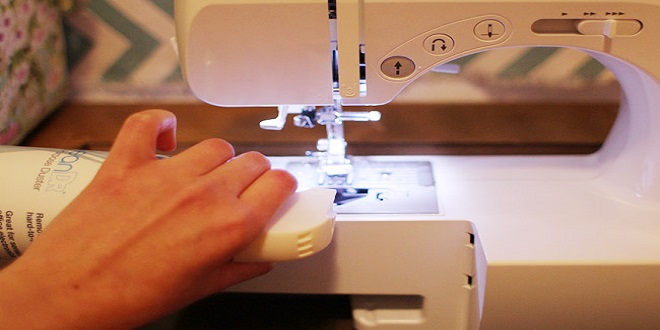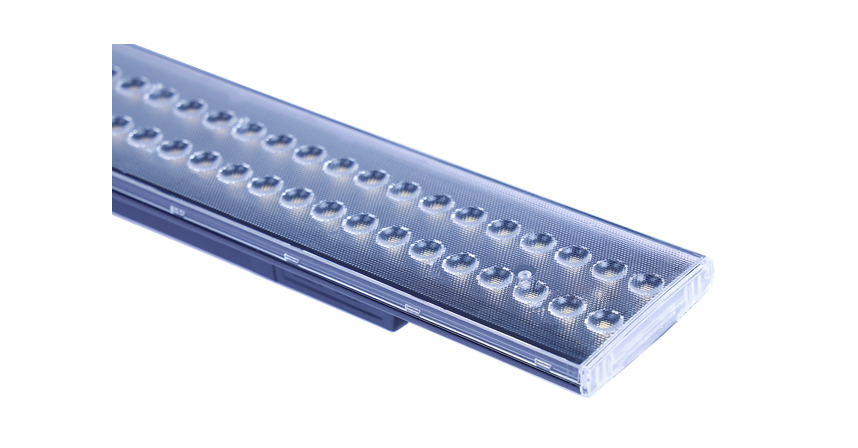Sewing Machine Care And Maintenance

INTRODUCTION
Always keep your sewing machine well oiled. All dust should be removed from the exposed parts at least once every week, and the important parts of the machine should be oiled twice during the week if the machine is used moderately. Use a good quality of machine oil, but only in small quantities so that it does not soil your material when you are sewing.
If your machine becomes gummed, oil it with kerosene, running unthreaded for a few minutes. Then cleanse all parts thoroughly and oil with good machine oil. This attention to your machine will prolong its life and keep it running smoothly and easily. Many problems can be resolved by a simple change of needle or other easy switch. If you don’t find the answer you need here.
CARE AND MAINTENANCE OF SEWING MACHINE
Most sewing machine problems that encounter can be traced to poor general maintenance or neglect. But with some simple tools and just a few minutes daily, weekly, or monthly depending on how much our sewing machine, we can help keep our machine running smoothly. Here are my guidelines for care that should keep sewing machine happy and out of the repair shop.
GENERAL CLEANING
Remove only the parts that are involved and be sure to note where each part is from, its position, and which side is top. Remove all the parts possible in order to clean the machine thoroughly. Keep the parts in order to make it easier to replace them. When using a screw driver, put the pressure on the push, not on the twist.
If a screw will not loosen easily, soak it with cleaning fluid. Then set the screw driver in the slot and tap sharply with a hammer before attempting to loosen. The screwdriver blade should be as wide as the slot in the screw is long. Always use a wrench-not pliers-on bolt
BOBBIN AREA
If the machine begins to run hard, it is a sign that dirt or lint has jammed inside a bearing. Continue running the machine and flushing with cleaning fluid until the dirt and gummed oil are washed from the bearing. When the machine runs easily again, tip the head and flush the parts underneath the machine-all oil holes, bearing and places that rub against or within another. Continue running the machine by hand until it functions smoothly.
UPPER THREAD TENSION
Pull a piece of cloth soaked in solvent back and forth between discs to clean To remove any remaining dirt and oil, dip a cloth or brush in cleaning fluid and scrub all parts of machine that can be reached. Use a needle, knife or another pointed instrument to dig or scrap away any remaining gummed dirt or lint in the feed dog, around the bobbin case, and in other areas.
Check the lower tension of the bobbin case and the upper thread tension discs. Pull a thread under the tension of the bobbin to remove dirt. Pull a piece of cloth soaked in cleaning fluid back and forth between the discs of the upper tension. Repeat with a dry cloth to be sure no lint or thread is caught between them.
The fury of nature can be seen in the formation and power of tornadoes. These violent storms can cause immense destruction, but with proper preparation, it is possible to survive the storm. Tornadoes form when warm, moist air meets cold, dry air, creating a powerful rotating vortex. The power of a tornado is measured on the Enhanced Fujita Scale, which ranges from EF0 to EF5, with EF5 tornadoes being the most devastating. Surviving a tornado involves seeking shelter in a sturdy building or underground, away from windows and exterior walls. It is crucial to have a preparedness plan and to stay informed about severe weather warnings. By understanding the formation and power of tornadoes, individuals can take the necessary steps to stay safe when these storms strike.



